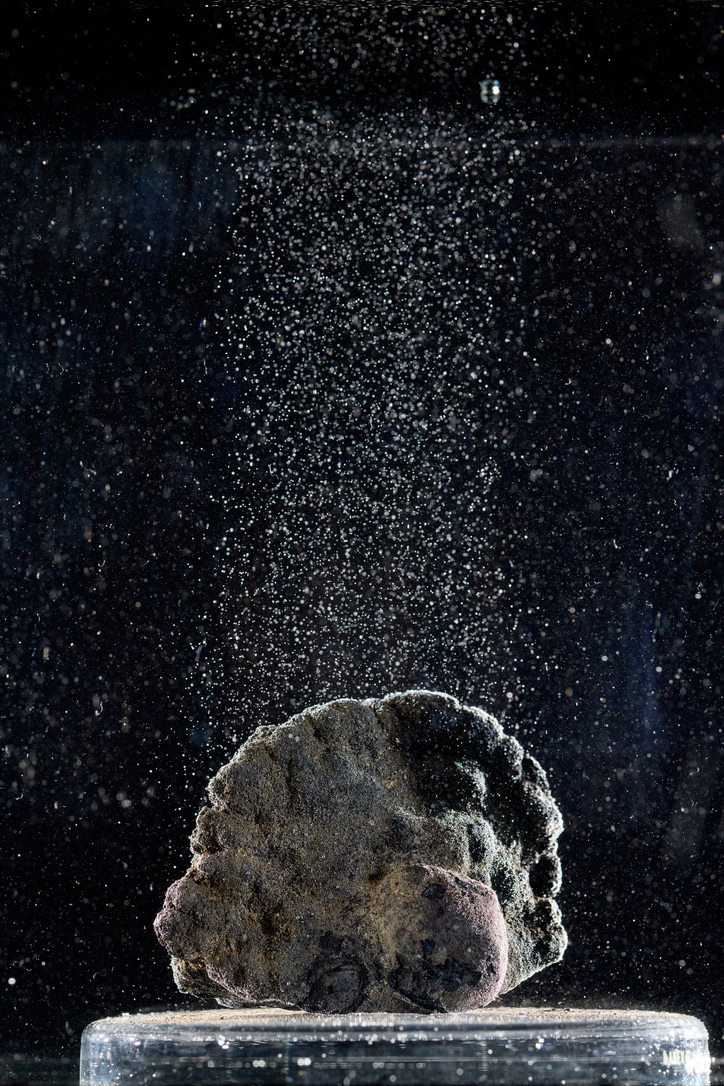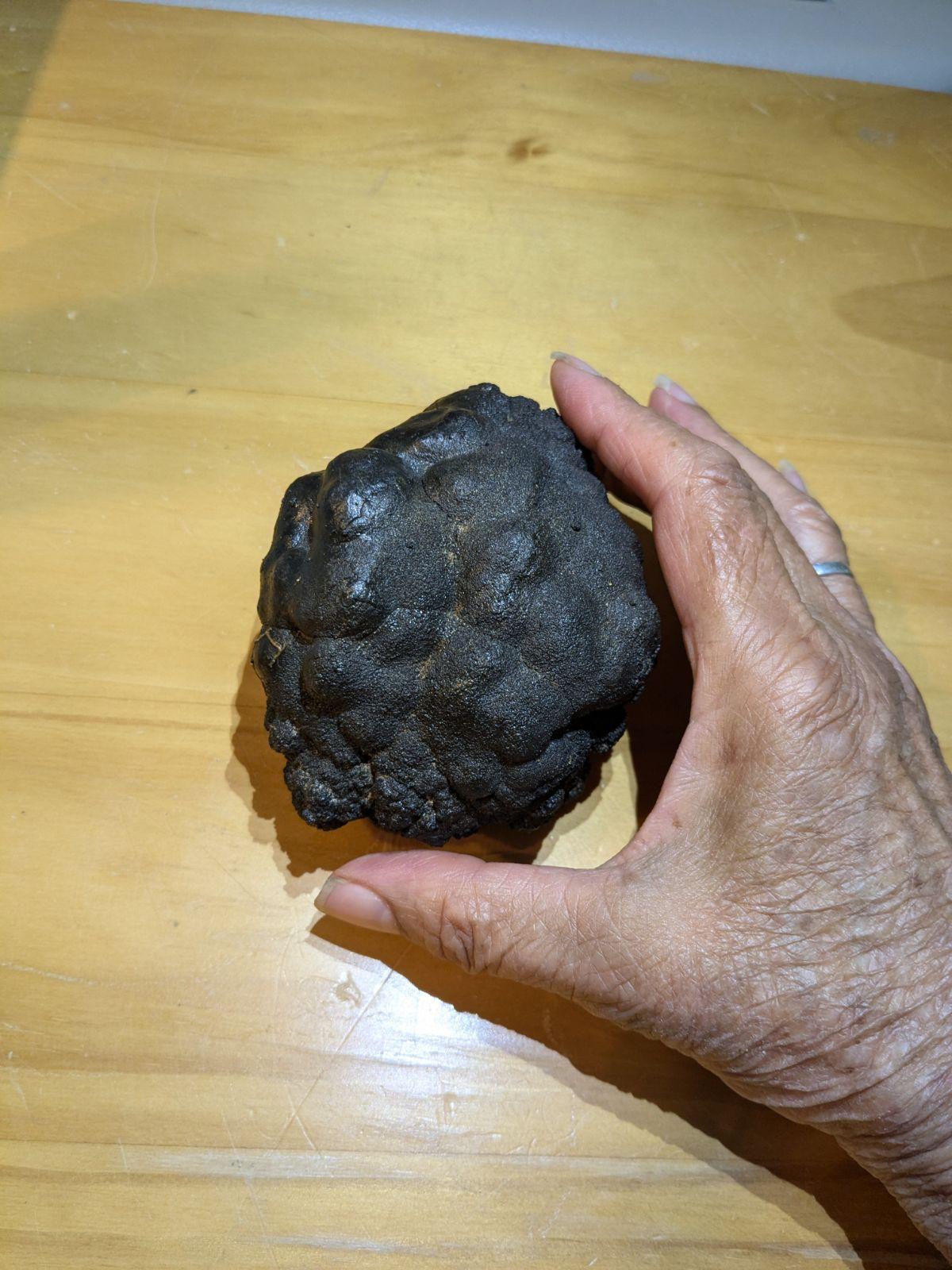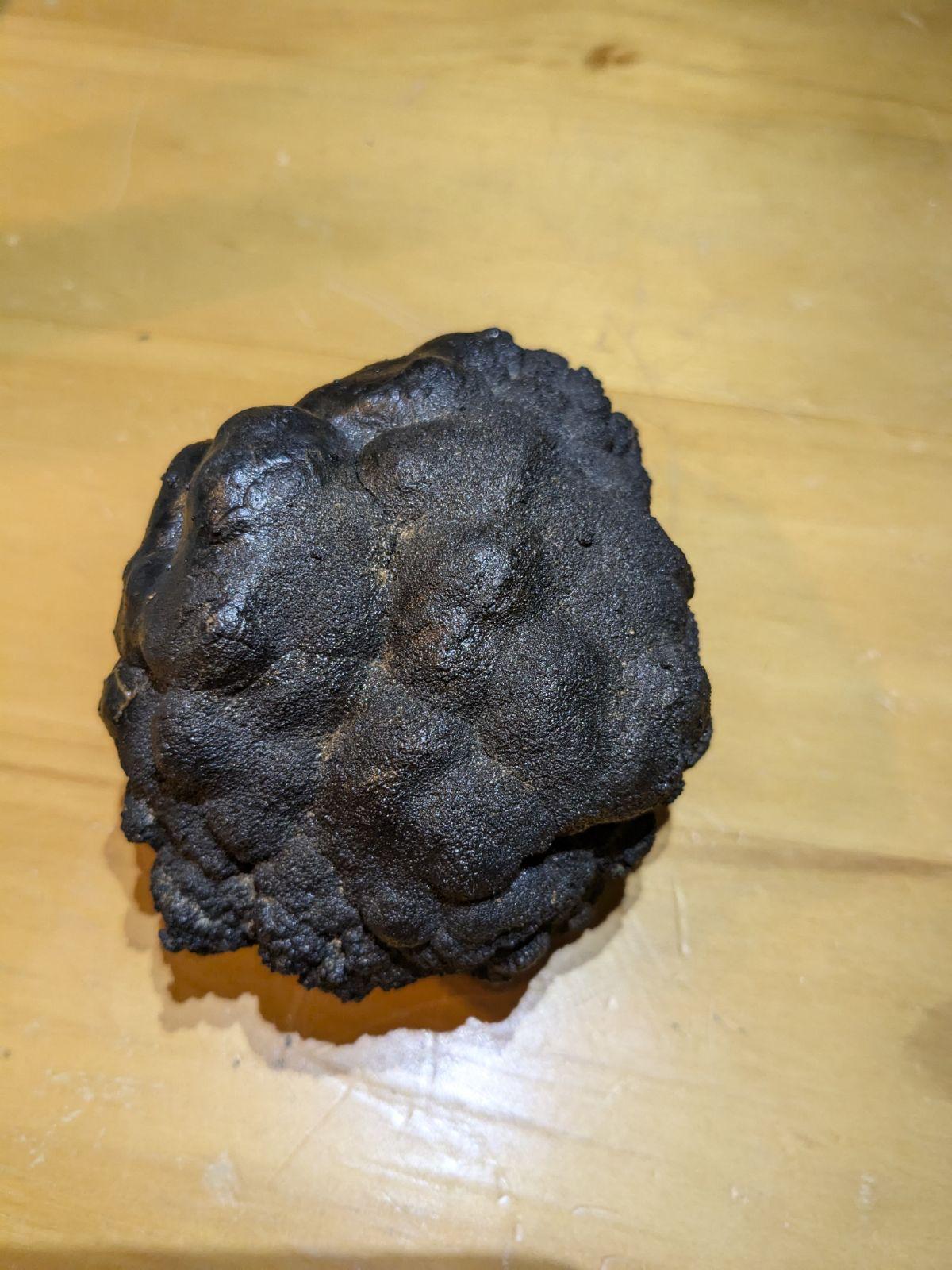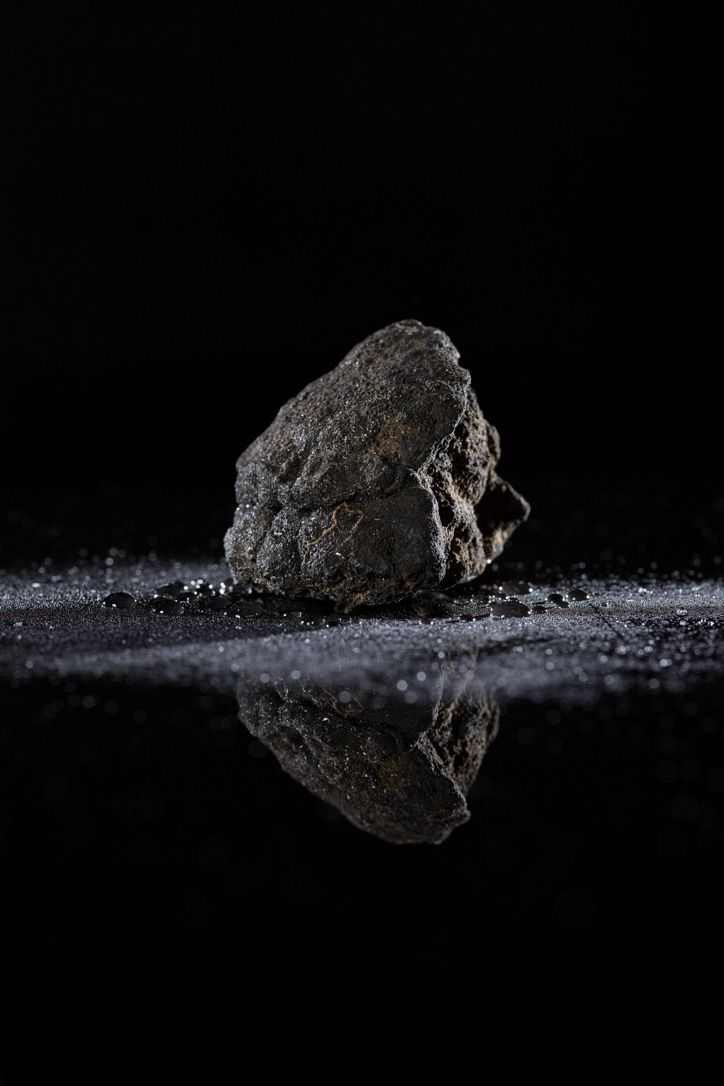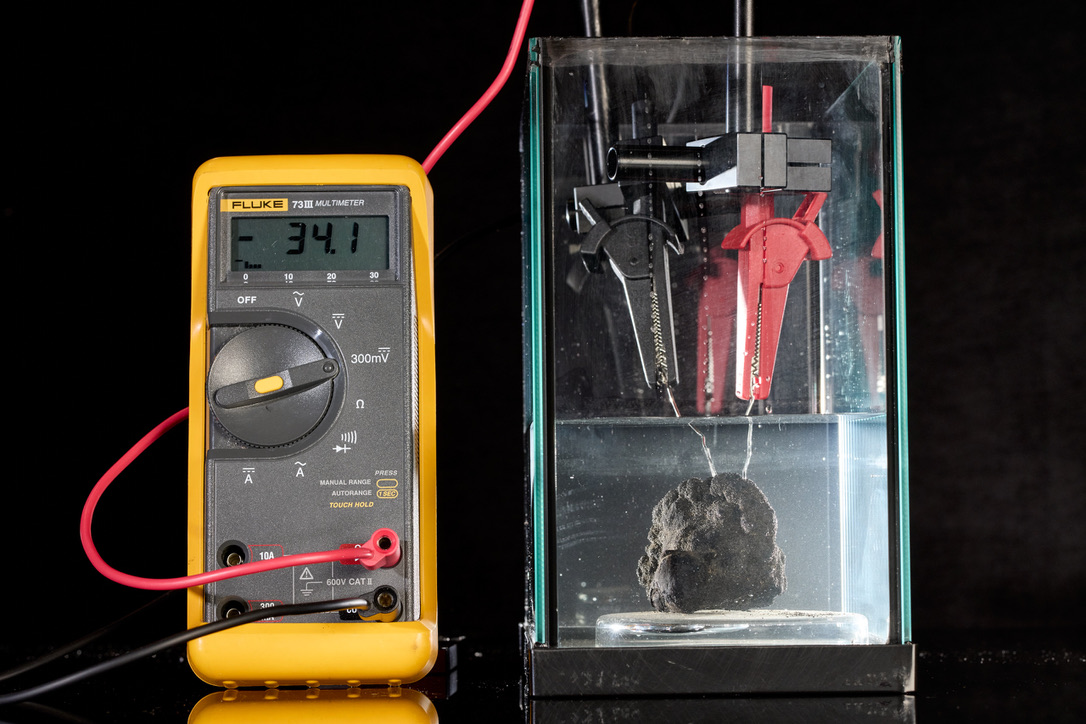In a world where scientific discoveries continue to reshape our understanding of nature, a recent finding from the abyssal seafloor is making waves. Imagine this: a vast, cold and dark expanse miles beneath the ocean’s surface, where sunlight never penetrates, and yet, there, in the depths, something unexpected happens.
Oxygen—a gas we commonly associate with the presence of light and life on Earth—is produced in the total absence of sunlight. This phenomenon, now termed “dark oxygen production,” challenges long-held assumptions about the deep sea and has the potential to revolutionize our understanding of marine ecosystems and the global oxygen cycle.
The deep sea has long been a subject of fascination and mystery. For much of human history, it was thought to be a barren desert, devoid of life and biological activity. This perception began to change in the late 1970s with the discovery of hydrothermal vents, which revealed thriving ecosystems based on chemosynthesis rather than photosynthesis.
Despite these groundbreaking discoveries, our understanding of the deep sea remains limited. It is a frontier that scientists are only beginning to explore in earnest. With each new expedition, the ocean’s secrets continue to unfold.
Enter the Clarion-Clipperton Zone (CCZ), a vast area of the Pacific Ocean known for its abundance of polymetallic nodules—small, potato-sized lumps rich in metals like manganese, nickel and cobalt.
The CCZ has yielded an unexpected discovery: oxygen production in the absence of sunlight. Dr. Andrew K. Sweetman, Professor and Chair of the Seafloor Ecology and Biogeochemistry research group at the Scottish Association for Marine Science (SAMS), shared insights from this groundbreaking discovery by himself and other researchers from 10 different institutions from the UK, USA and Europe.
“We’ve termed it dark oxygen because we found that oxygen is being produced basically in complete darkness at the bottom of the ocean,” Sweetman explained. “And why is it so surprising? Well, up until the last couple of years, a lot of people have been thinking that oxygen production is only possible through photosynthesis on land and in the upper ocean.”
Dr. Sweetman continued to elaborate on the traditional understanding of oxygen production, “Green plants, trees, absorbing sunlight and then splitting water and fixing carbon dioxide from the atmosphere into biomass. And in the process, releasing waste products, and those waste products are oxygen that we breathe. Right?”
However, dark oxygen differs fundamentally from this process.
“The production of this oxygen is happening in complete darkness,” Sweetman explained. “There is no light down at the seafloor at the depths that we were studying, so we’re talking about four kilometers [2.5 miles] below the ocean surface. You don’t find any natural sunlight anymore. Photosynthesis is not possible at those depths. Yet we find when we enclose areas of seafloor, the oxygen concentration increases. So, implying that something else other than photosynthesis is generating or is leading to this increase in oxygen.”
One of the most intriguing aspects of this discovery is the potential role of polymetallic nodules in producing dark oxygen. Sweetman offered a hypothesis explaining how these nodules might generate oxygen without sunlight.
“So, first off, I think it’s important to stress that our hypothesis about polymetallic nodule-generated oxygen production is just that—it’s a hypothesis,” he said. “We still need to do additional experiments to be able to say for certain, or as close to certain as possible, that these nodules are generating oxygen.”
These nodules are of significant interest to the mining industry, but they are also proving to be of immense scientific value. In a recent study conducted by a team of researchers, including those from Nauru Ocean Resources Inc. (NORI), the CCZ has yielded an unexpected discovery: oxygen production in the absence of sunlight.
This research, published in a recent article titled, “Evidence of Dark Oxygen Production at the Abyssal Seafloor,” describes a series of in situ benthic chamber experiments conducted at the CCZ.
These experiments were designed to measure oxygen consumption in deep-sea sediments—a process known as “Sediment Community Oxygen Consumption” (SCOC). Typically, oxygen in these environments is consumed by organisms through aerobic respiration and the oxidation of reduced inorganic compounds. However, what the researchers found was something entirely different.
Over the course of two days, oxygen levels within the benthic chambers increased to more than three times the background concentration. This was a surprising result, as it indicated not just a lack of oxygen consumption, but a net production of oxygen in complete darkness.
The research team hypothesized that this “Dark Oxygen Production” (DOP) might be linked to the polymetallic nodules present in the area. Specifically, they suggested that high voltage potentials on the surfaces of these nodules—up to 0.95 volts—could be driving seawater electrolysis, a process that splits water molecules into hydrogen and oxygen.
Sweetman drew an analogy to everyday technology to help explain the process. “If you take a battery and you just look at the ingredients of a battery, you’ll see that there is nickel, cobalt, and copper. So, a lot of the metals that are in these nodules, you also find in batteries, and that’s one of the reasons why companies want to mine these, to generate the metals that are needed to transition to a greener economy.”
The discovery of dark oxygen production is a significant departure from previous studies of deep-sea oxygen flux, which have consistently shown a net consumption of oxygen in these environments. It raises new questions about the role of the deep sea in global oxygen dynamics and suggests that our current models may need to be revised to account for this previously unknown source of oxygen.
Dr. Franz M Geiger, Professor and Researcher in the field of Environmental Chemistry from Northwestern University, was enthusiastic about the discovery.
“The idea that oxygen can be produced in the absence of sunlight is truly groundbreaking,” Geiger said. “It challenges our fundamental understanding of oxygen production, which has always been closely tied to photosynthesis. This discovery opens up a whole new avenue of research into the processes that govern oxygen levels in the deep sea and could have far-reaching implications for our understanding of the global oxygen cycle.”
Sheila Alfsen, geologist and Adjunct Professor at Portland State with experience studying deep-sea ecosystems, provided additional context.
“What we’re seeing here is a process that is likely driven by electrolysis on the surfaces of these polymetallic nodules,” Alfsen explained. “These nodules have high voltage potentials, which means they can drive chemical reactions that wouldn’t normally occur in the deep sea. The fact that we’re seeing oxygen production in these environments suggests that there may be other, similar processes at work that we haven’t yet discovered.”
Experts emphasized the importance of further research to confirm and expand upon these findings.
“This is just the beginning,” said Professor Geiger. “We need to conduct more studies in different locations and under different conditions to see if this phenomenon is widespread or if it’s unique to the CCZ. There’s also a lot we still don’t know about the underlying mechanisms—why some nodules produce more oxygen than others, for example, or how this process might be influenced by other factors like temperature and pressure.”
The discovery of dark oxygen production is not just a scientific curiosity—it has significant implications for the management and regulation of deep-sea resources. To explore this aspect, Pradeep Singh, a Legal and Policy Expert specializing in the law of the sea explains. In his response, Singh highlighted the limitations of the current legal framework governing deep-sea activities, which is based on the United Nations Convention on the Law of the Sea (UNCLOS).
“UNCLOS, which also provides the regulatory framework for deep seabed mining and sets the mandate of the International Seabed Authority, was negotiated in the 1970s,” Singh explained. “Scientific understanding of the deep sea back then was very poor and limited. We still know very little about the deep sea today, but what we presently know is significantly more than what we knew at the point in time UNCLOS was adopted in 1982. Back then, the deep sea was thought to be a desert and we barely understood its importance. Hydrothermal vents were only discovered in the late 1970s.”
Singh went on to emphasize the importance of integrating new scientific knowledge into the regulatory framework for deep-sea mining.
“Current scientific knowledge paints a completely different picture—although there are still many missing pieces to the puzzle, we know the deep sea is crucial for human wellbeing,” he explained. “With a growing research interest in the deep sea and much being at stake with imminently emerging activities like seabed mining, more and more important discoveries are being made.”
In this context, the findings of the Sweetman et al. paper are crucial.
“If the findings therein are validated by subsequent research, it would once again alter our understanding and assumptions of the deep sea,” Singh said. “If the outcomes of the paper are confirmed, it will send a loud echo to decision-makers that we still have so much more to learn about the deep sea and how it functions. This will allow us, as a society, to collectively make informed decisions about activities like seabed mining, which could pose a threat to such critical functions that the deep sea provides to us.”
“I think that this research shouldn’t be seen as a nail in the coffin for deep-sea mining,” Sweetman said. “I think there may be certain instances where deep-sea mining is needed to allow us to transition as quickly as possible. But what the research shows is that we need to potentially consider this process, as well as other things, when deciding how to mine, where best to mine, and how long to mine for.”
The discovery of dark oxygen production is a reminder of how much we still have to learn about the deep sea. It also highlights the importance of interdisciplinary research that brings together scientists from different fields to tackle complex questions. As we continue to explore the ocean’s depths, we can expect more surprises—new discoveries that challenge our assumptions and force us to rethink our understanding of the natural world.
But with these discoveries come challenges. Conducting research in the deep sea is a daunting task that requires advanced technology, significant funding and international collaboration. The logistical difficulties of working at such depths mean that many areas of the ocean remain unexplored and that our knowledge of deep-sea ecosystems is still in its infancy.
Moreover, the increasing interest in deep-sea mining presents a potential threat to these fragile environments. The polymetallic nodules that are central to the discovery of dark oxygen production are also a valuable resource for the mining industry. There is concern that commercial activities could damage or destroy these ecosystems before we have a chance to fully understand them.
“The deep sea is crucial for human wellbeing,” Singh said. “If we are indeed going to be serious about protecting the marine environment and a healthy ocean, we should give science the time and funding needed to help us make informed decisions on activities like seabed mining. We need to know what trade-offs and burdens we will have to accept before we decide to allow any such activity to proceed.”
As the researcher behind this study, Sweetman offered a powerful takeaway for students and the broader scientific community.
“Don’t throw out data that goes against what you’ve been taught in university and high school,” he said. “Which I did for eight or nine years. I was always taught that you get oxygen through photosynthesis. So, when I started seeing oxygen being produced in an environment where photosynthesis is not possible, I discounted the data and thought, you know, this is bogus data. My sensors are not working.”
“Whereas what I should have done was think, maybe I should explore this in a bit more detail before I throw that data out,” Sweetman explained. “So, my one bit of advice is, when you hear something at high school and university, it’s important to realize that nine times out of ten, what you’re hearing is probably right, but there will always be that one where we don’t know everything and we probably never will. And so it’s important to stay open to new discoveries.”
For students and professors alike, this discovery is a call to action—a reminder that there is still much to be learned and that the pursuit of knowledge is a vital part of our responsibility to the planet. Whether through academic research, policy advocacy, or simply raising awareness, we all have a role to play in protecting the deep sea and ensuring that its mysteries are preserved for future generations.
As we continue to explore the depths, let us do so with humility and a sense of wonder—recognizing that the ocean is not just a resource to be exploited—but a vast and vital ecosystem that sustains life on Earth. As we stand on the brink of a new era of exploration and exploitation of the deep sea, it is more important than ever to ensure that our actions are guided by sound science and a deep respect for the natural world. The discovery of dark oxygen production is a powerful reminder of how little we still know about the ocean and how much we stand to lose if we do not proceed with caution.
“We know more about the surface of the moon than we do about our seafloor,” is a common sentiment expressed by oceanographers and scientists. There are surely many more secrets waiting to be uncovered, and it is up to us to ensure that they are not lost before we have a chance to find them.

